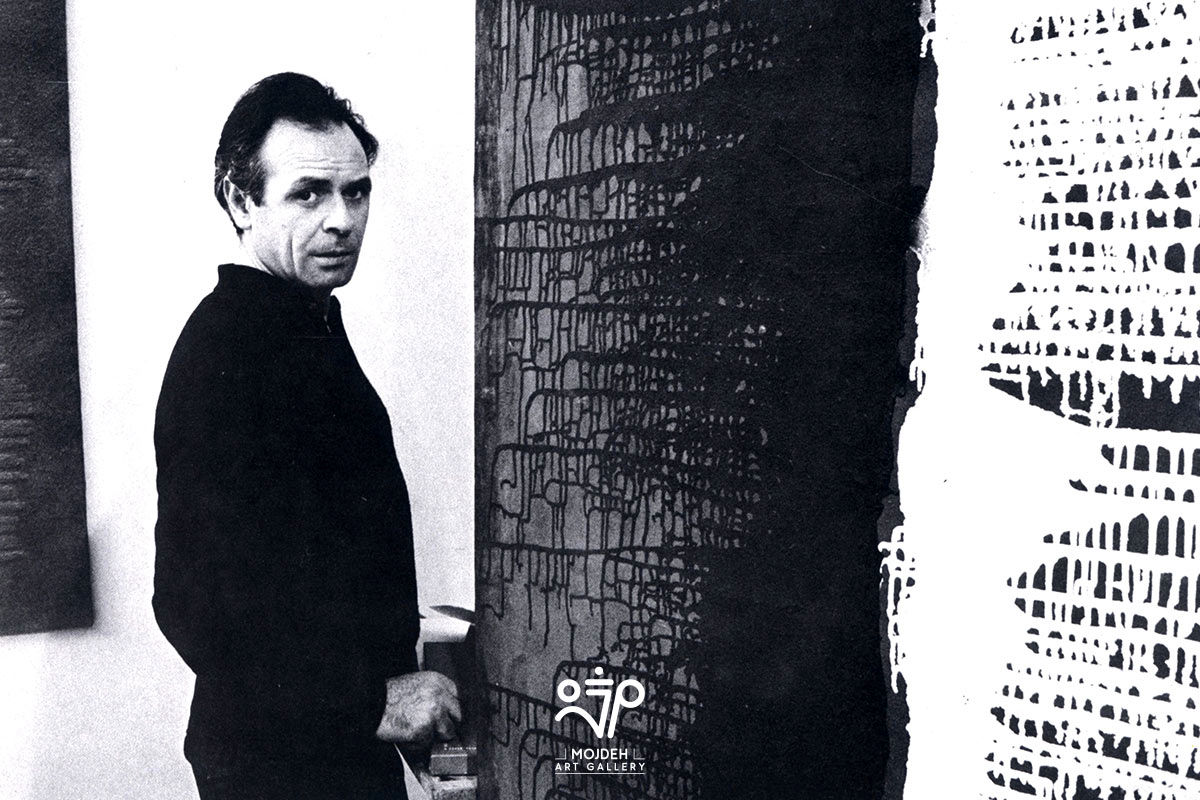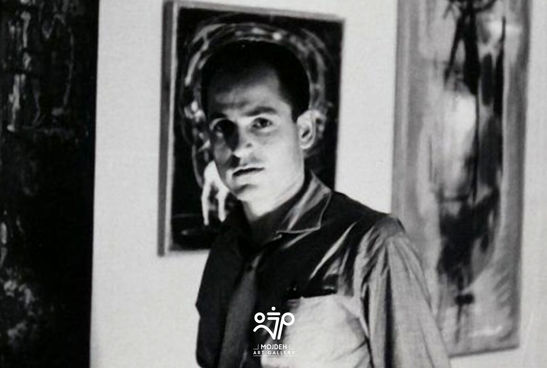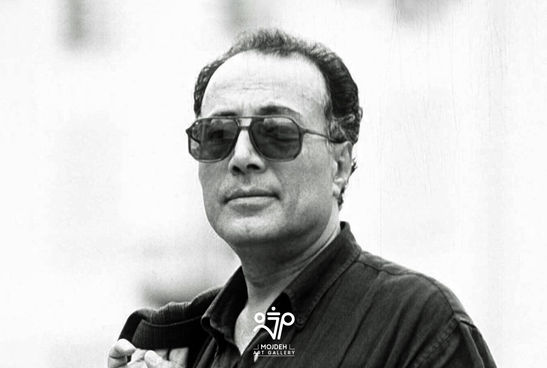Marco Grigorian

Marco Grigorian, an artist, collector, teacher, and gallery owner, was born in Russia in 1924. His family was of Armenian descent and immigrated to Iran and the city of Tabriz in 1930. Tabriz at that time was the center of the Armenians of the north, and Armenian culture, its language, and Armenian art in the field of theater were important and played a fundamental role in the entry of modernity into Tabriz. Marco grew up in such a culture, and being multilingual, that is, knowing Armenian, Azeri, Russian, and English, played a fundamental role in the development of his industrious spirit. After the death of his mother, Marco's family moved to Tehran and settled in this city, which was also the center of visual arts. He went to Kamalolmolk School and learned painting, and after two years, in 1950, he went to Italy and started studying painting in the Western style in this country. In Italy, he was especially trained by Professor Roberto Melli, and after a few years, he returned to Iran. His return coincided with the removal of Dr. Mossadegh's government and the political atmosphere prevailing in the 50s in Iran. But at the same time, many of Marco's contemporaries returned from Europe and, together, played a major role in teaching art at the Tehran University of Fine Arts. In addition to teaching and training figures such as Pilaram and Zenderoudi, he also established a gallery called Aesthetic, which became a group for modernist artists from the late 50s to the early 60s.
Alongside these activities, Marco also organized the first Tehran Biennial, which lasted for five periods. In the early 60s, he went to America and pursued his artistic activities there. A few years later, he returned to Iran again and, at the invitation of the Faculty of Fine Arts, began working at this faculty. After the revolution of 1978, he left Iran and settled in America. During his years of living in America, he held various exhibitions in famous and important galleries of that country, and during these activities, he also established a museum in Armenia. In addition to the aforementioned activities, Marco, with his deep knowledge of traditional and coffee house art, has collected a valuable collection of these arts over the years, and in addition to the traditional collection, he is also considered one of the influential collectors of modern art. Marco passed away in America in 2007 after years of effort and activity in the field of visual arts.
Sohrab Ahmadi


